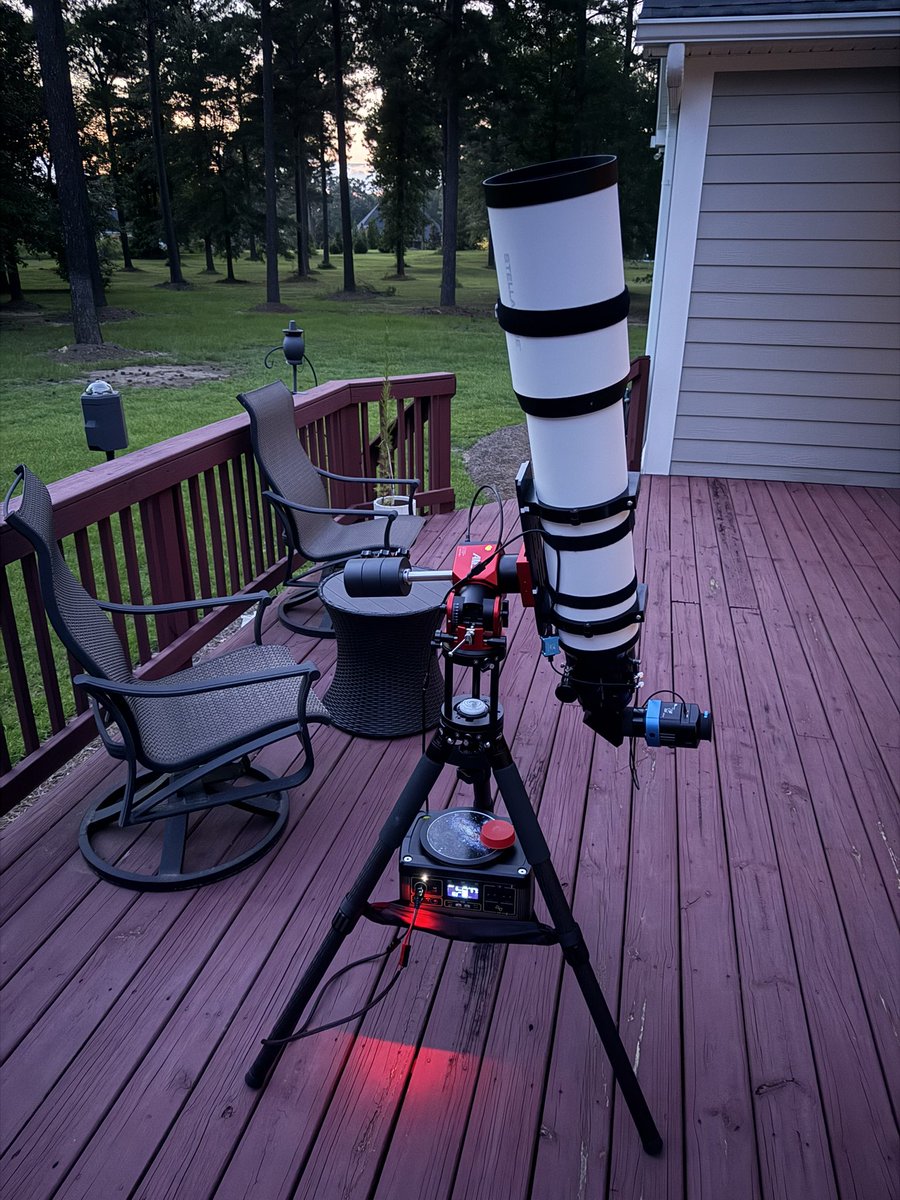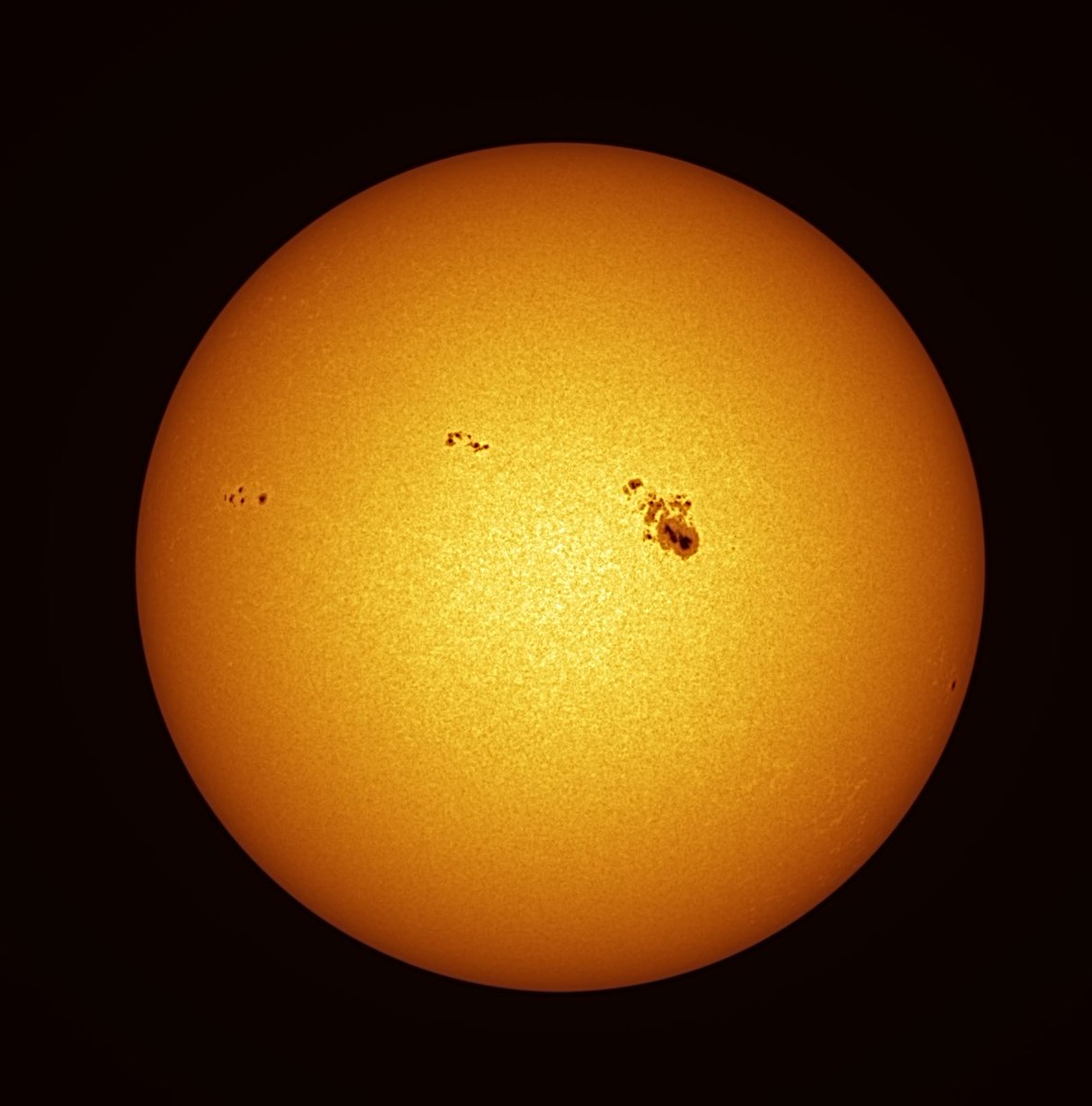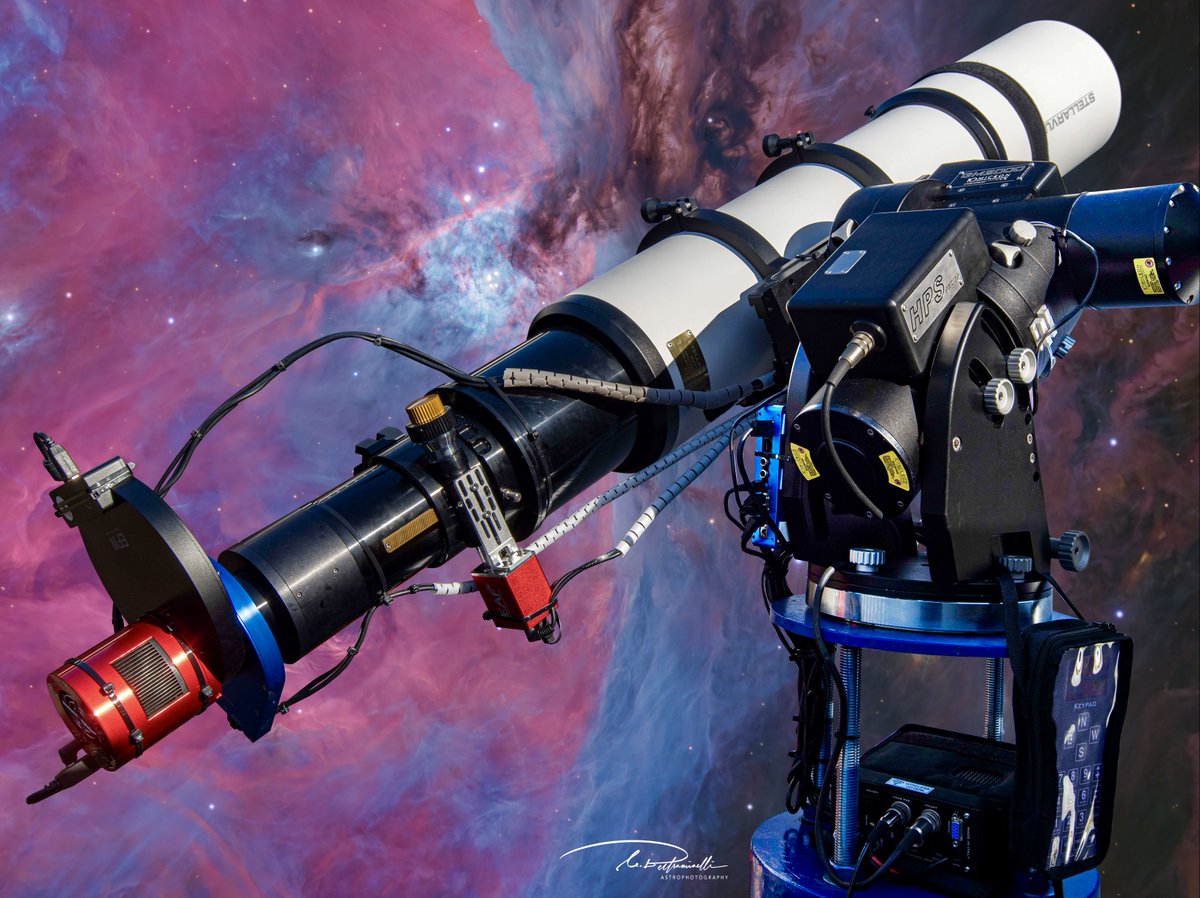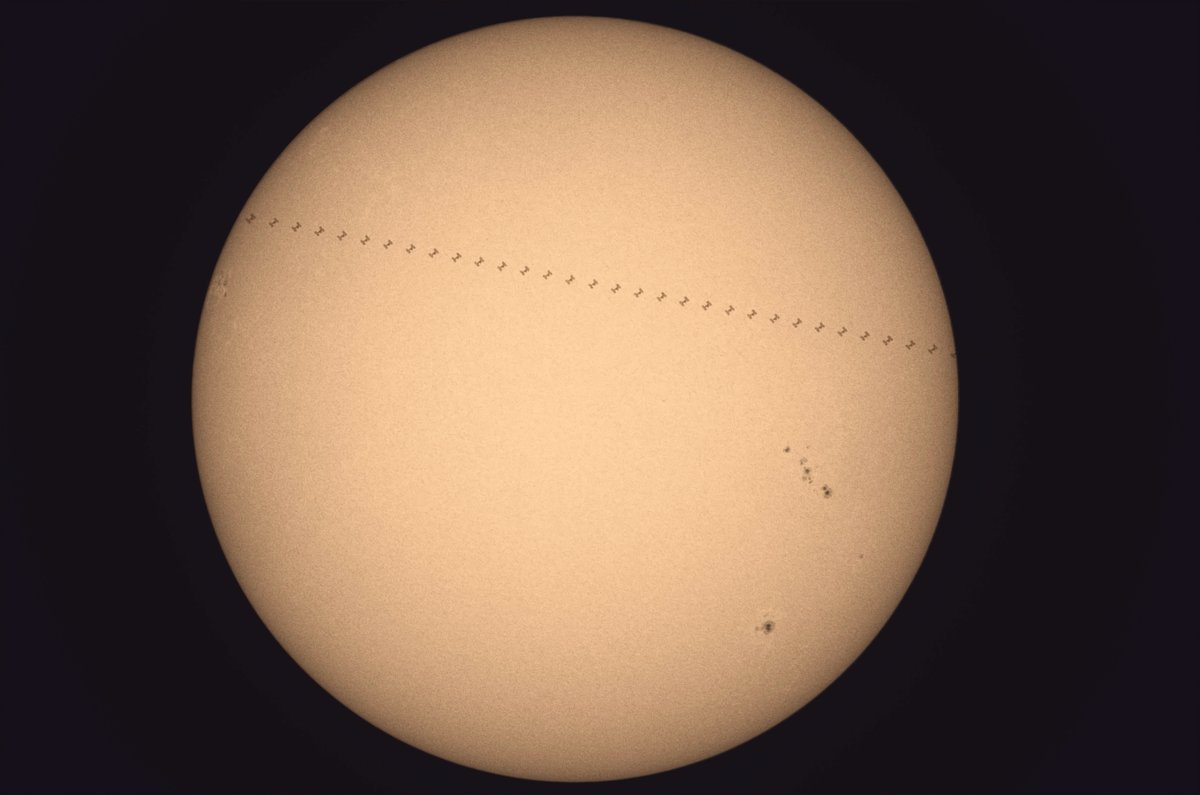
Stellarvue
@svtelescopes
Founded in 1998, Stellarvue designs and produces premier refractor telescopes made in the USA.
ID: 166643857
http://www.stellarvue.com/ 14-07-2010 17:24:54
803 Tweet
404 Followers
49 Following

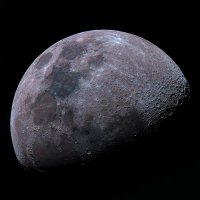



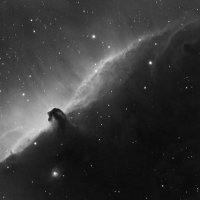










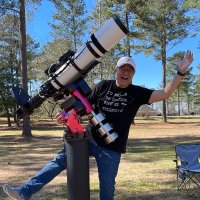
So here is the first light Pegasus Astro SmartEye image of the Black Eye Galaxy taken on 6/22/2025 through my Stellarvue SVX140T. Processed 100x10 sec exposures with PixInsight.
